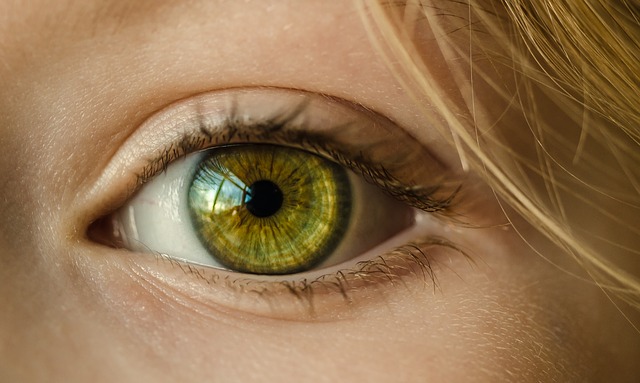More than one million Australians have been diagnosed with diabetes, and eye problems are one of the most common complications of having the condition. In fact, diabetes is the leading cause of blindness in working-age adults.
Fortunately, most cases of blindness can be prevented with proper care.
People with all types of diabetes (type 1, type 2 and gestational) are at risk of a number of eye conditions, which together are known as diabetic eye disease.
“It is possible to unknowingly have severe diabetic eye disease before ‘suddenly’ going blind,” says Dr David Ng from Vision Eye Institute.
“About 15% of people with diabetes will develop diabetic retinopathy, where persistently high sugar levels can damage the small blood vessels that deliver oxygen and nutrients to the retina at the back of the eye.”
“People with diabetes are also much more likely to develop cataracts at an earlier age, with faster progression to visual impairment. Left untreated, cataracts can eventually lead to blindness.
The risk of glaucoma in people with diabetes is also high – nearly twice that of the general population. Glaucoma actually refers to a group of conditions that damage the optic nerve, which is responsible for transmitting signals from the retina to the brain.
Glaucoma is often (but not always) a result of increased pressure inside the eye.”
Dr Ng says the earlier these conditions are diagnosed and treatment initiated, the better.
“Cataracts can be fixed surgically and sight restored. In fact, with the latest technology your vision may actually end up better than it was before the cataracts developed. With new treatments for diabetic retinopathy, vision can often be at least partially recovered.
Treatment options include injections into the eye, laser treatment and surgery.”
“Unfortunately, vision loss due to glaucoma is not reversible,” continues Dr Ng. “Instead, treatment is aimed at stabilising the course of the disease. Options include medication, such as topical drops or tablets, laser treatment and surgery.”
“Achieving optimal control of your blood sugar, blood pressure and blood cholesterol is critical, although this will not reverse any damage that has already occurred.
If you smoke, please stop – smokers who have diabetes are at a much higher risk of losing their sight, having a heart attack or stroke and developing kidney failure.”
“People diagnosed with diabetes should always have an initial screening eye test to check for signs of eye disease. Your eyes should be checked on a regular basis afterwards, usually at least every 1–2 years.
It is important to see an ophthalmologist who specialises in diabetic retinopathy or an optometrist, who will refer you for specialist care if required.”
“Remember to also keep attending your appointments with other healthcare providers, such as your GP, diabetes educator, endocrinologist, podiatrist and urologist,” finished Dr Ng.
You can find much more information on living a holistic lifestyle in these free magazines and on our YouTube channel.
For more expert advice on diabetic eye disease and eye health, visit Vision Eye Institute.
Dr David Ng is an ophthalmologist who specialises in diabetic retinopathy and other medical retinal conditions, cataract surgery (including laser cataract surgery) and glaucoma. He practices at Vision Eye Institute Chatswood, Drummoyne and Mosman.
Vision Eye Institute is one of Australia’s largest providers of ophthalmic services, with a network of general and specialist ophthalmologists in clinics throughout Victoria, New South Wales and Queensland.






